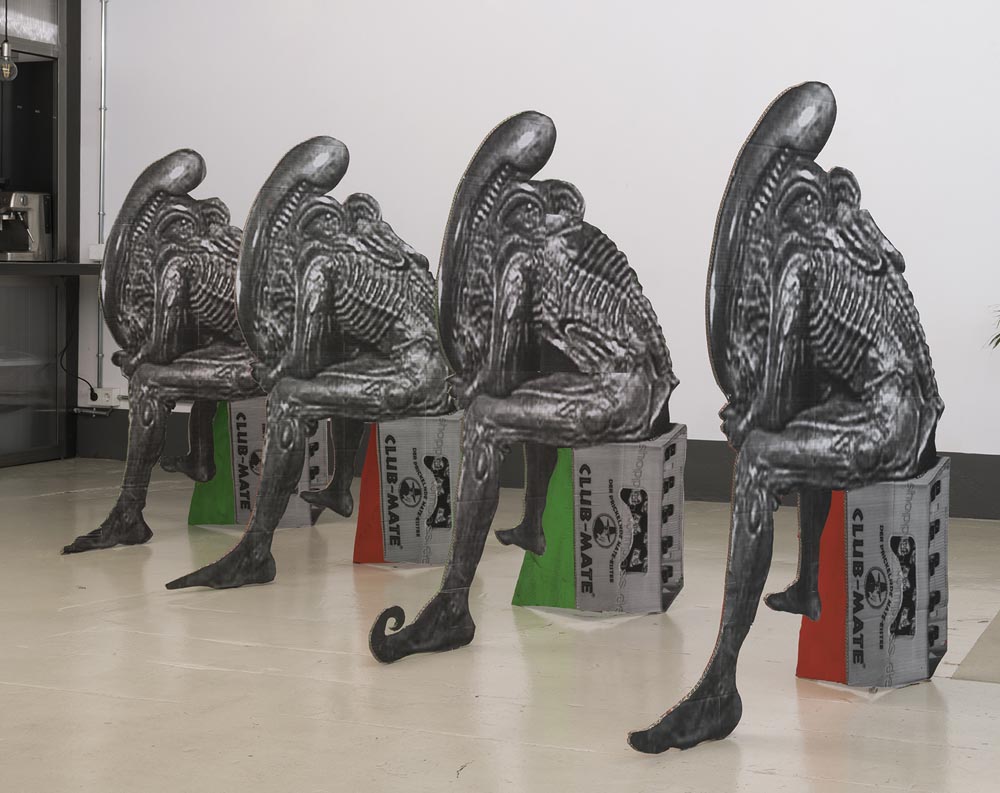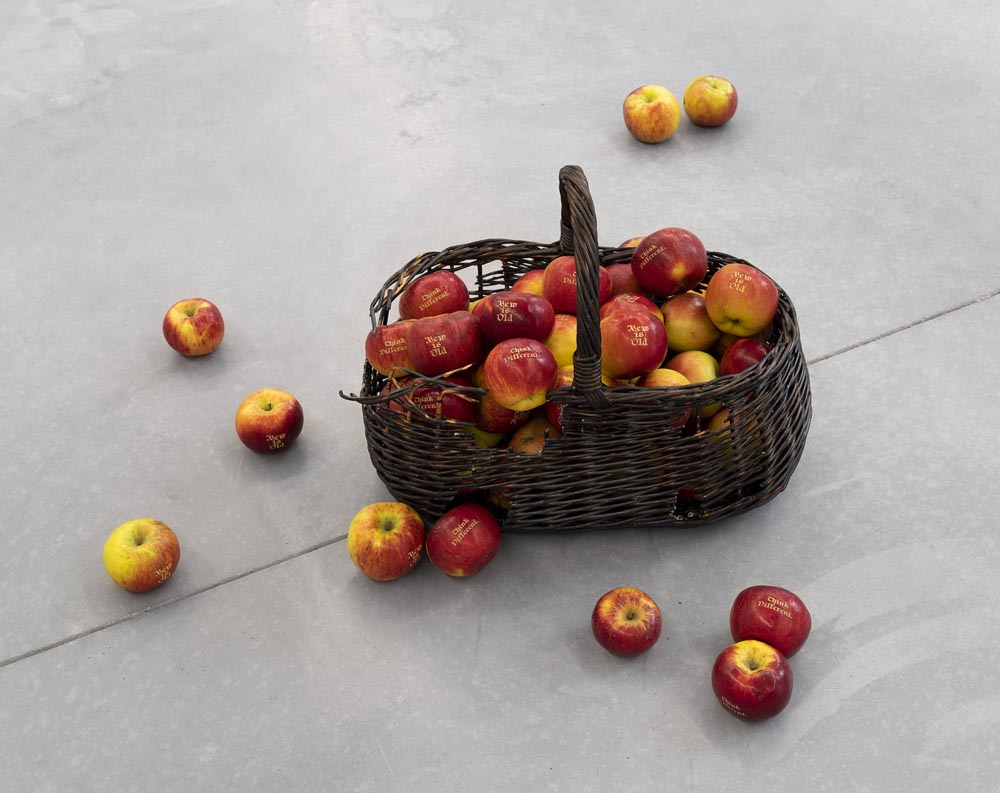OFLUXO
Change Blindness
Billie Clarken
At Åplus Contemporary, Berlin, Germany
March 20 — April 10, 2021
“Trap doors” is an ongoing series by Billie Clarken. The five panels displayed in the exhibition space are refrigerator doors. Found as leftovers on the streets, dismantled, collected, and hanged at their purposive height – between eye level and hand grip – the refrigerator doors in a white cube highlight a meaning and perception shift, in which detritus becomes a precious treasure-trove.
The exterior of a refrigerator is often used as a tool for a family to preserve souvenirs from the newly visited places. On the top always stands the “freshest” trip represented by the most recent postcards. Could it be assumed that the stacks of the chronologically ordered memorabilia exemplify the earliest form of Instagram?
The refrigerator, as an everyday object, intrigues the artist. Object poems, which contemplate ordinary items, come into mind. Clarken considers this big memo board to be an interesting space to explore, physically and objectively, to fill in, to overlap different non-linear timelines, reality with fiction, shopping and other to-do lists with postcards, poems, quotations, dates, photos, children’s drawings, grave frottages. Literally, everything a small lodestone can hold.
Yet a closer look reveals that the doors of refrigerators are printed with photographs of refrigerators‘ doors, upon which other real elements such as drawings, postcards or photos are overlapped and fixed. This unexpected manner of lifting and moving things confuses the viewer in her/his mental perception.
As the title of the exhibition is slowly disclosed, we understand that we failed noticing the differences between what is printed and what is real from the beginning. No flash of light coming from opening the refrigerator is needed to introduce us to the changes of the appearance. Approaching the exhibited objects causes a disappointment of the view. With humorous ease Billie Clarken transforms the gallery space into a disturbing, sterile room, where recurring copies of images point to a faulty and eluding mental grasp. As a soothing corrective to this, the artist proposes hypnosis – more precisely – two points for the eyes to fixate: a huge Malboro Man captured rotating around its axis and a pocket watch swinging on a chain. Paying closer attention […]
________________________
*Change Blindness
a failure to notice changes in the visual array appearing in two successive scenes. This is surprisingly common whenever the brief movement (the transient) that usually accompanies a change is somehow masked or interrupted.
Source: American Psychology Association – Dictionary of Psychology
— Majla Zeneli
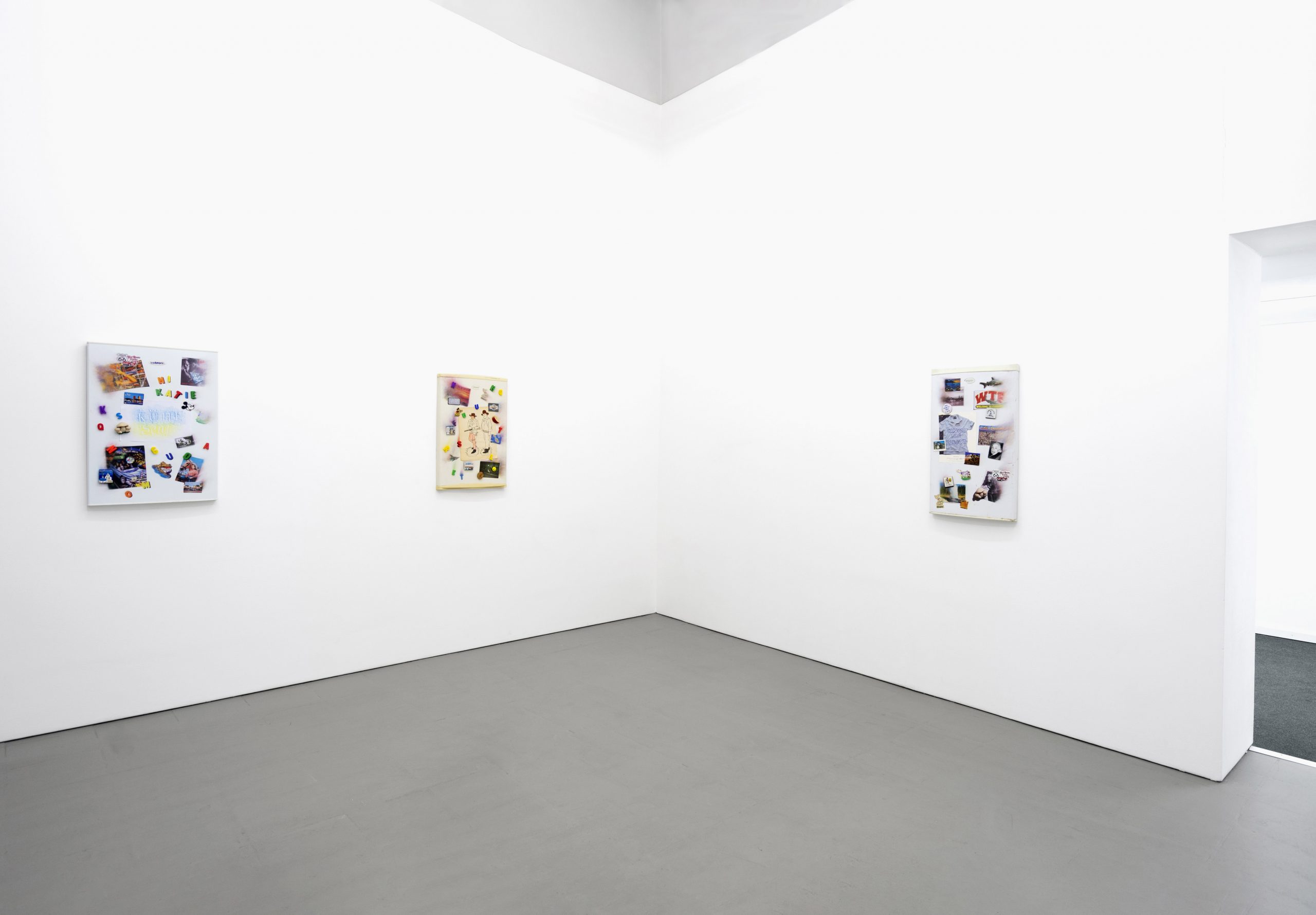
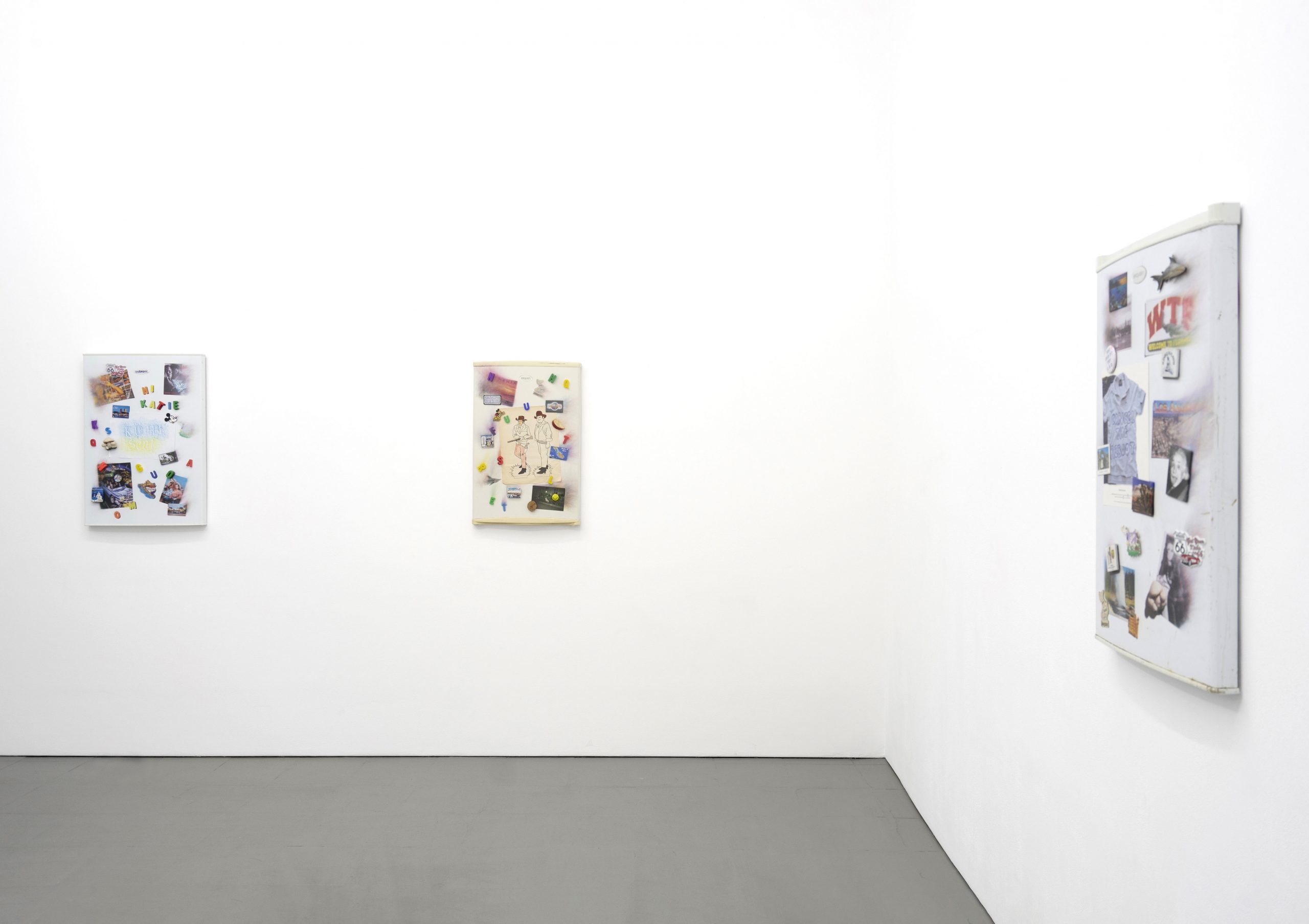
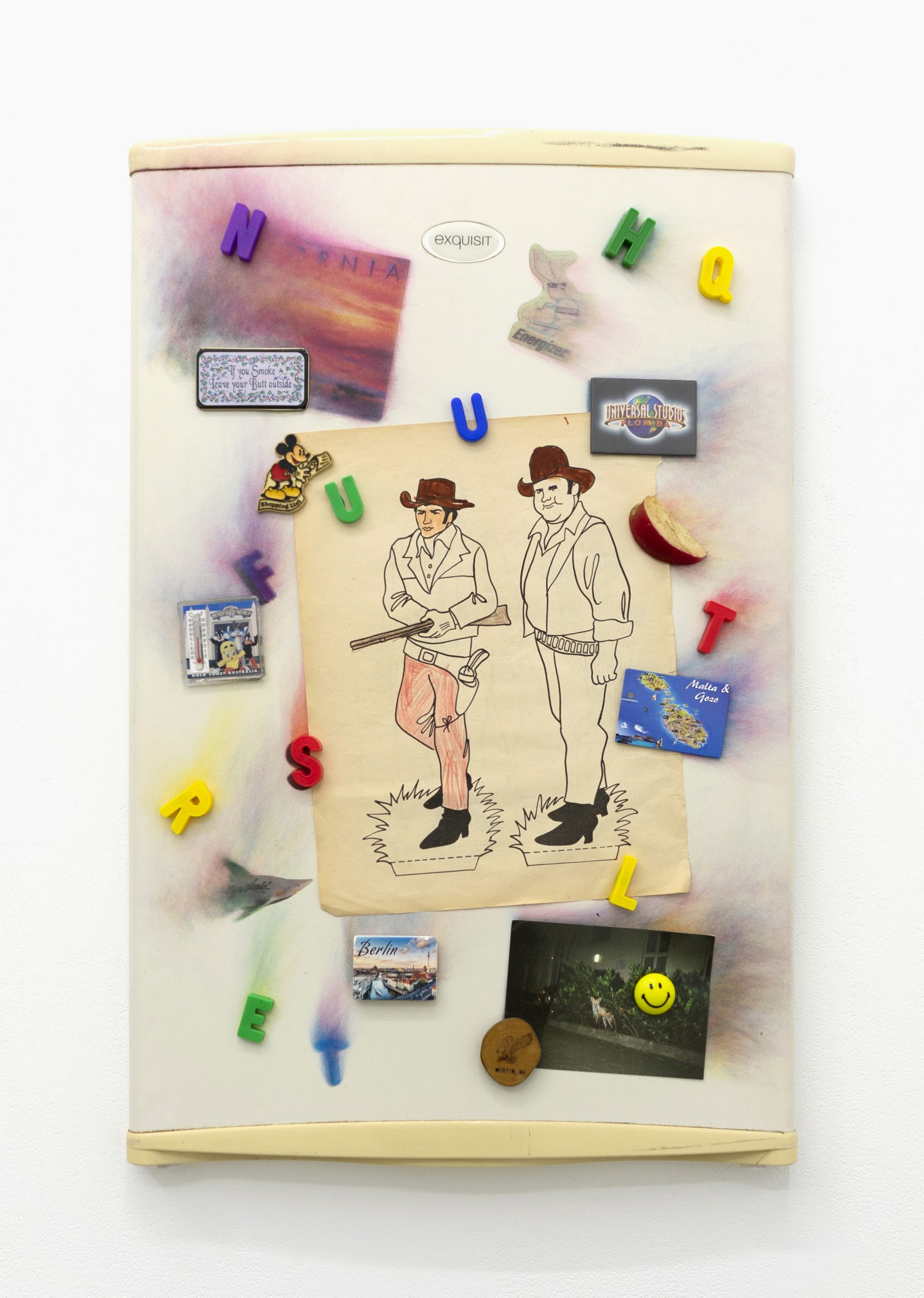
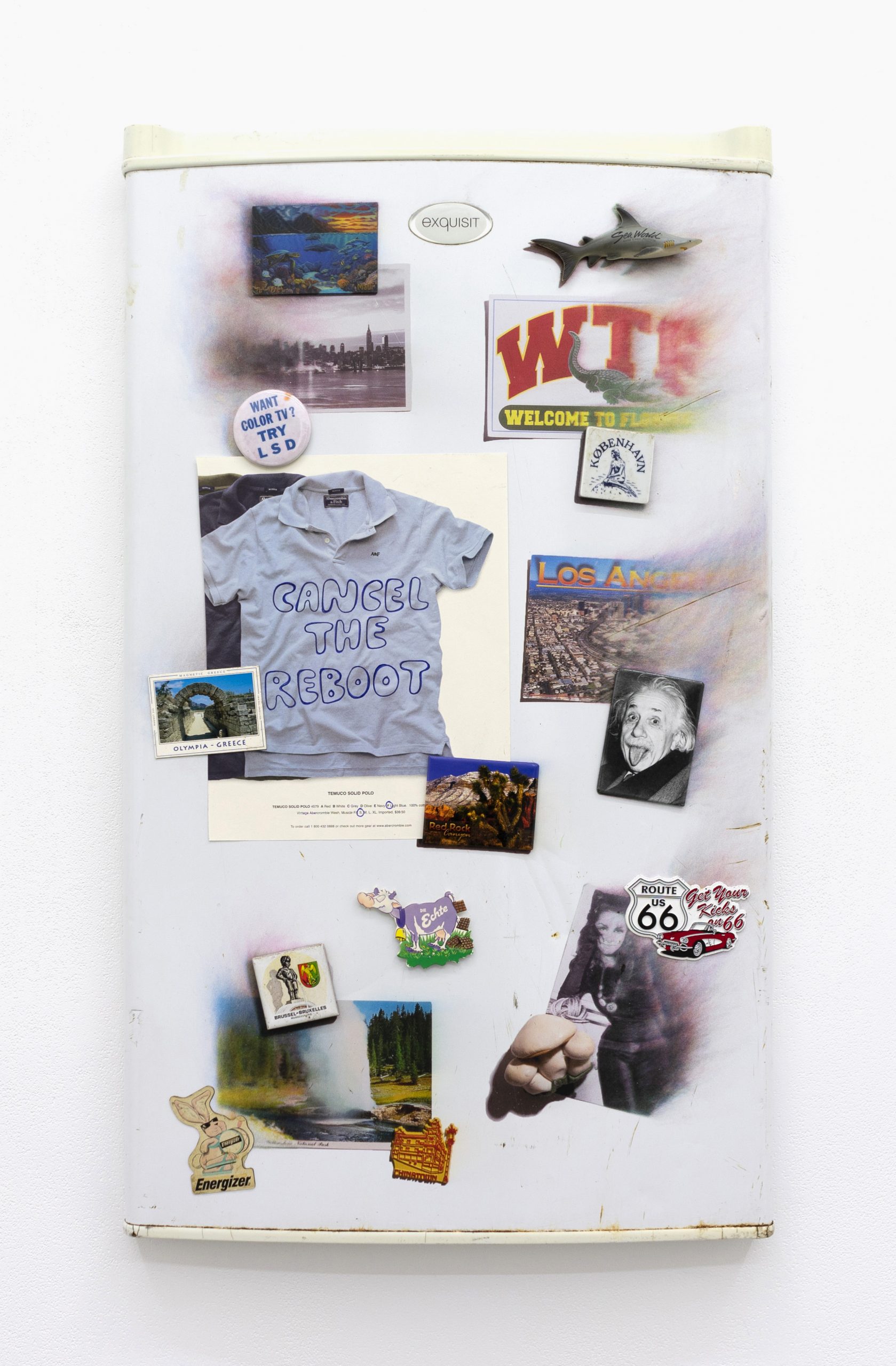
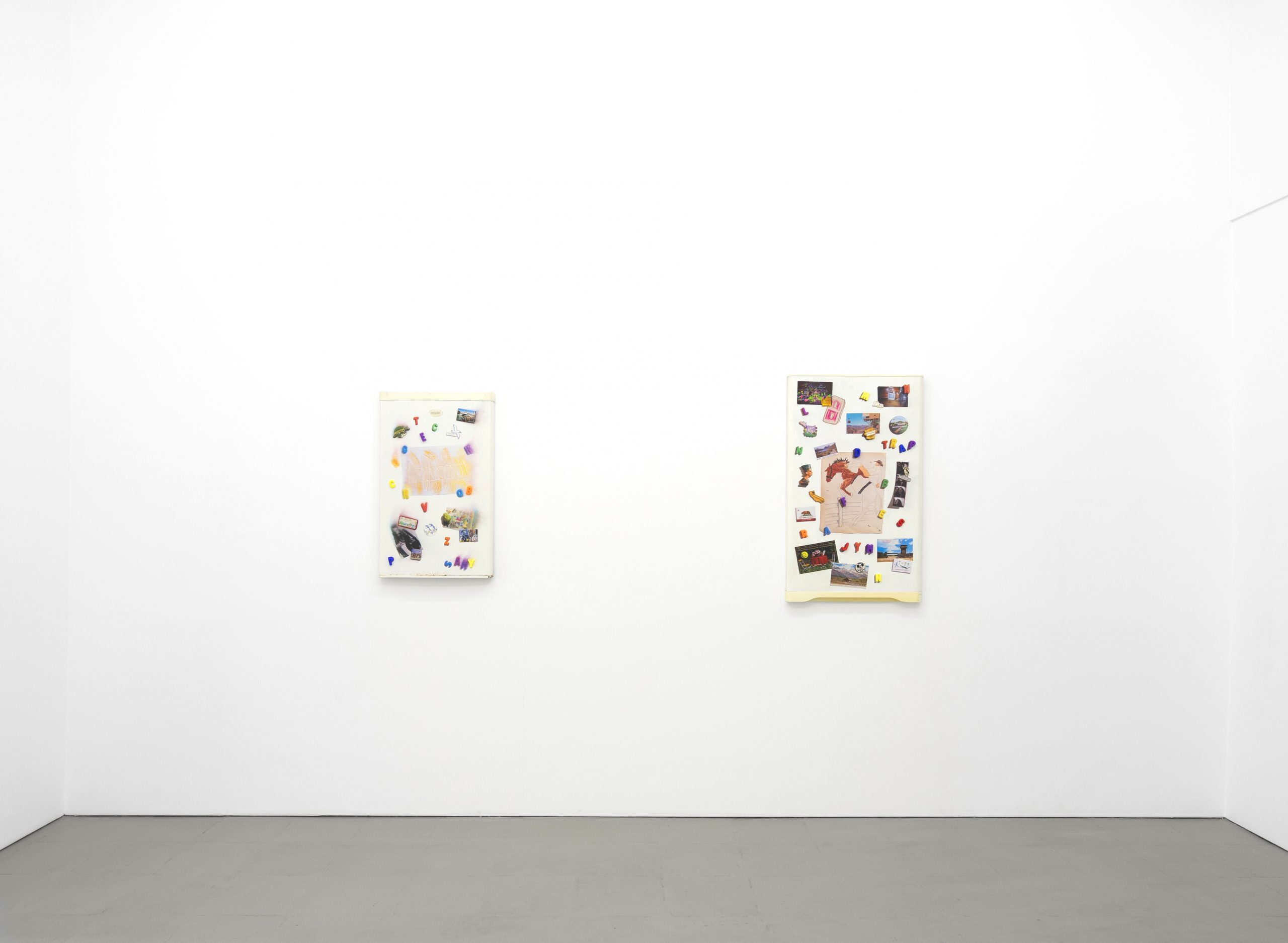
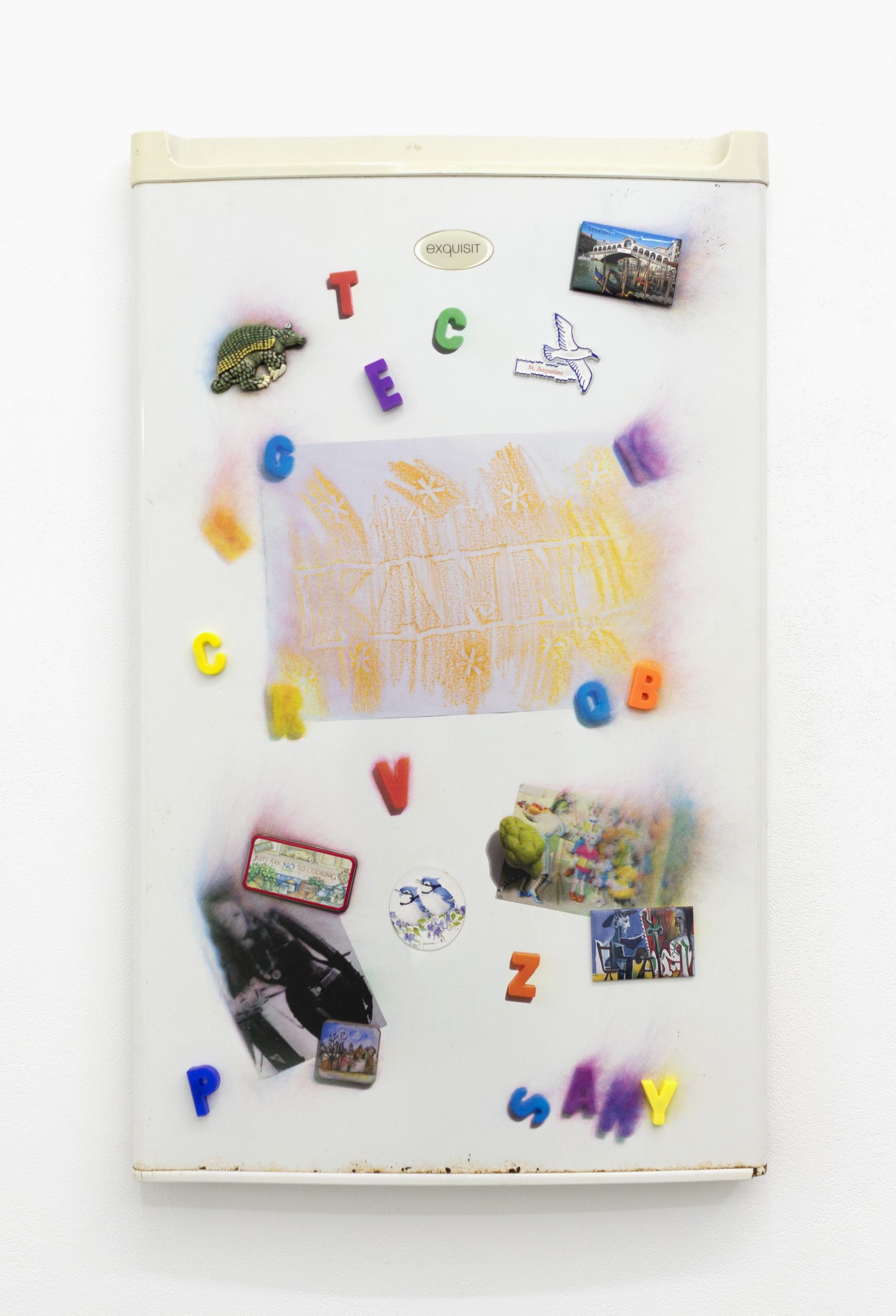
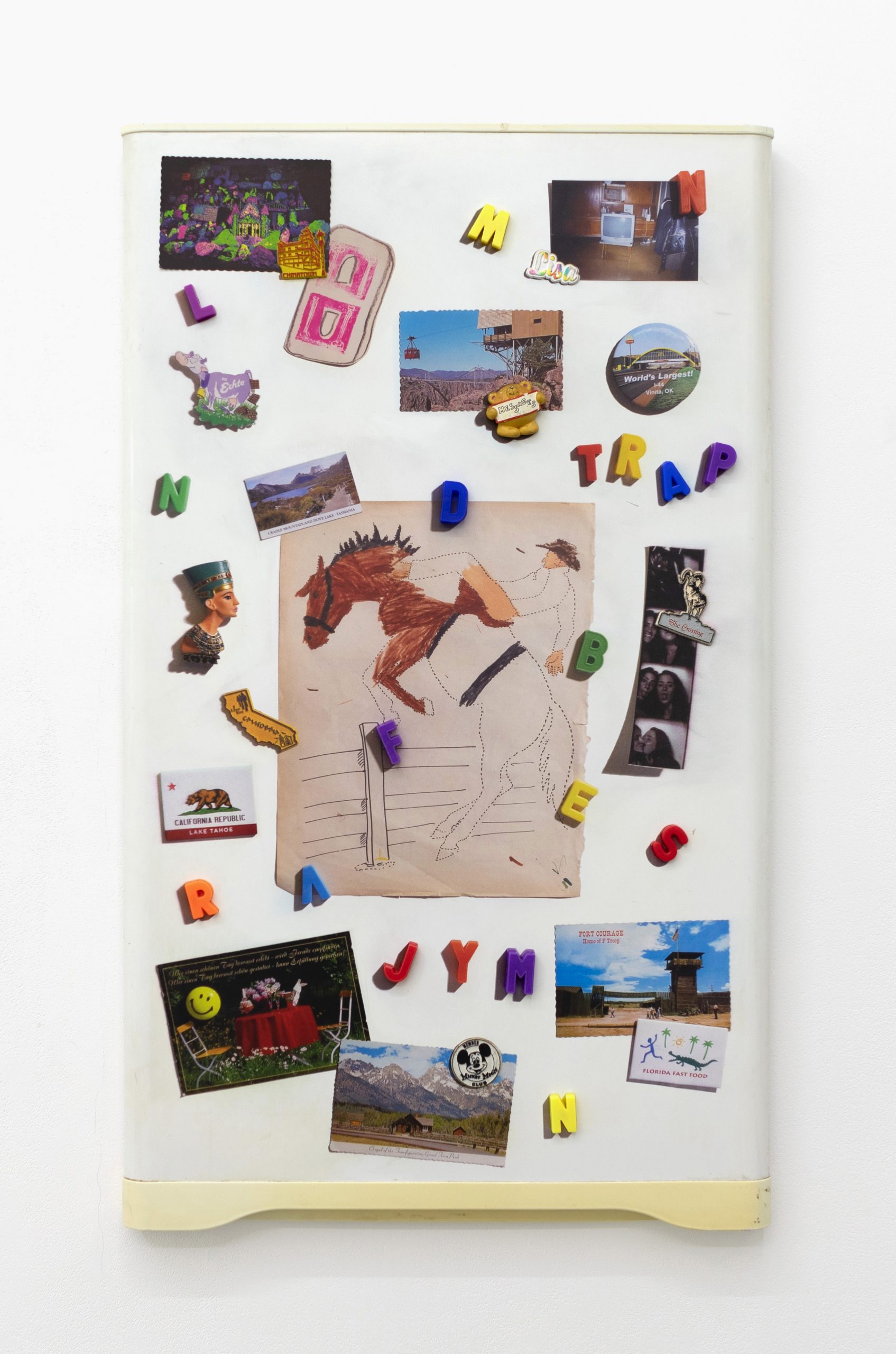
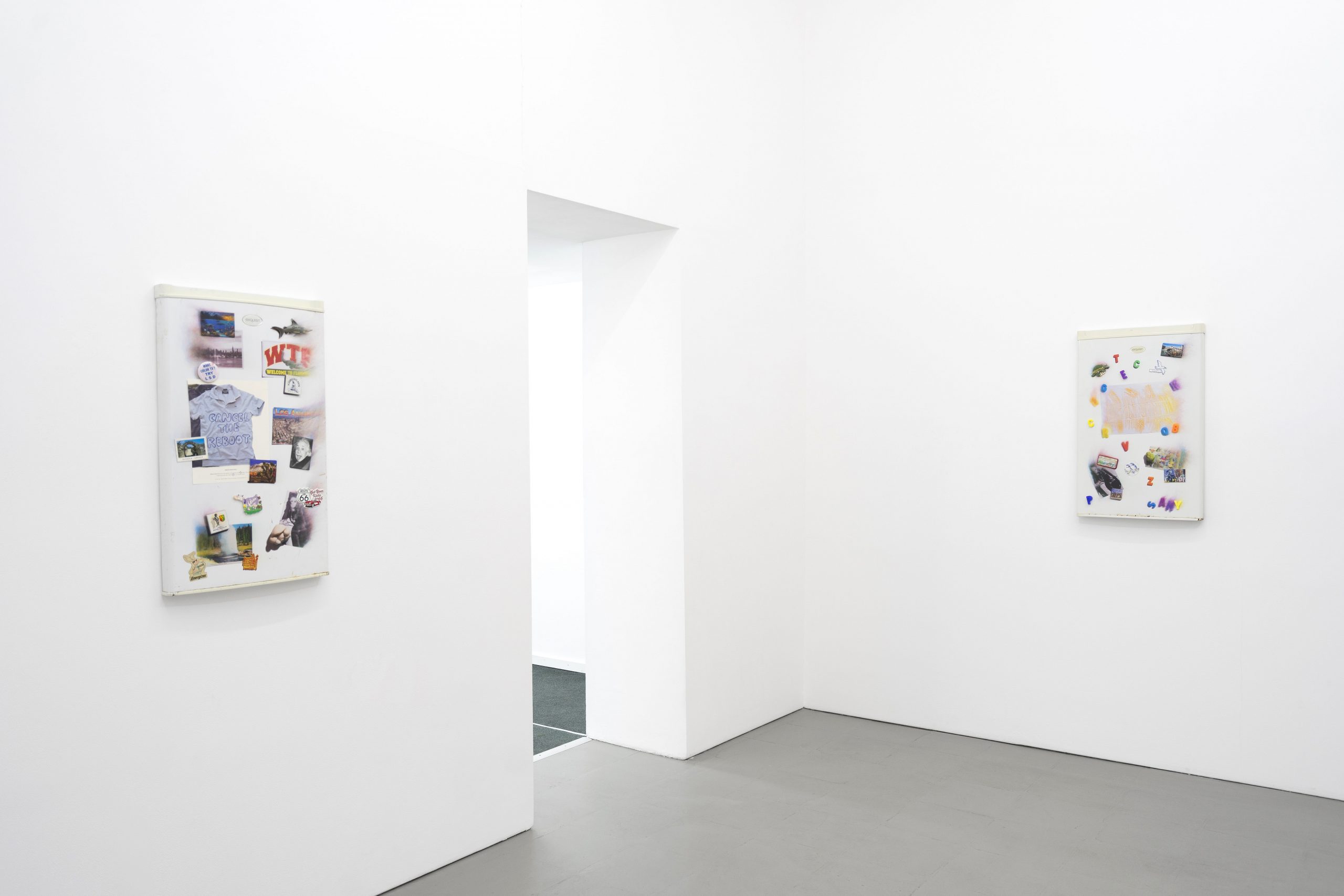
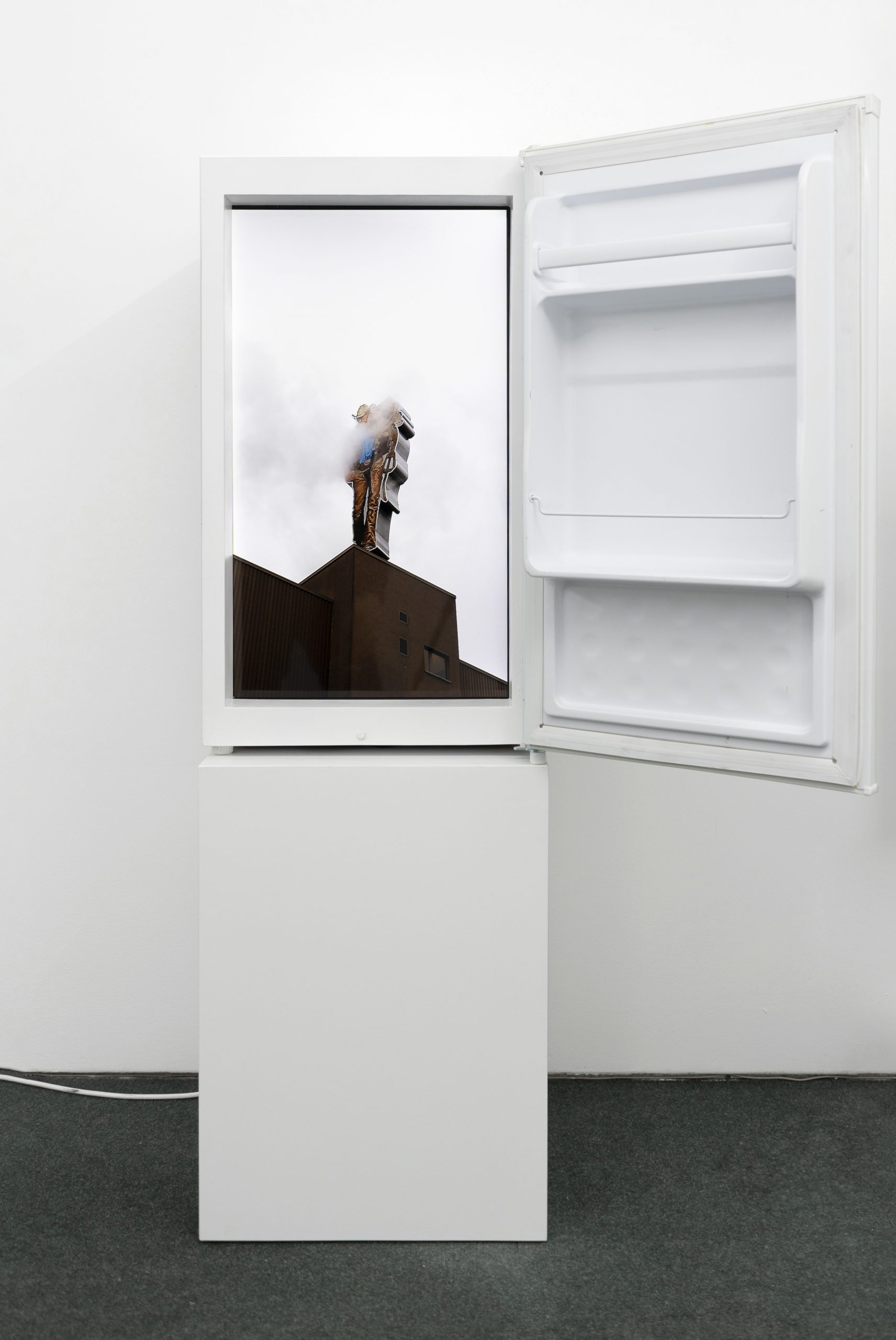
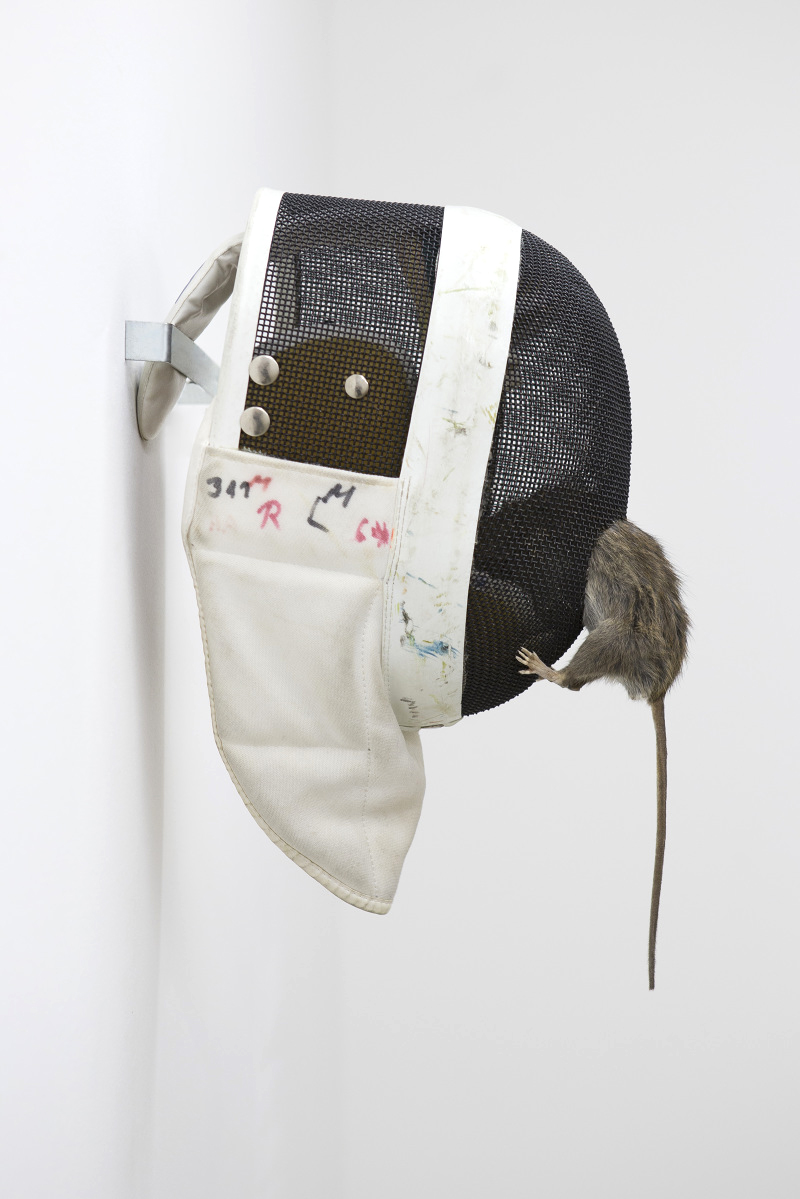
OFLUXO is proudly powered by WordPress
